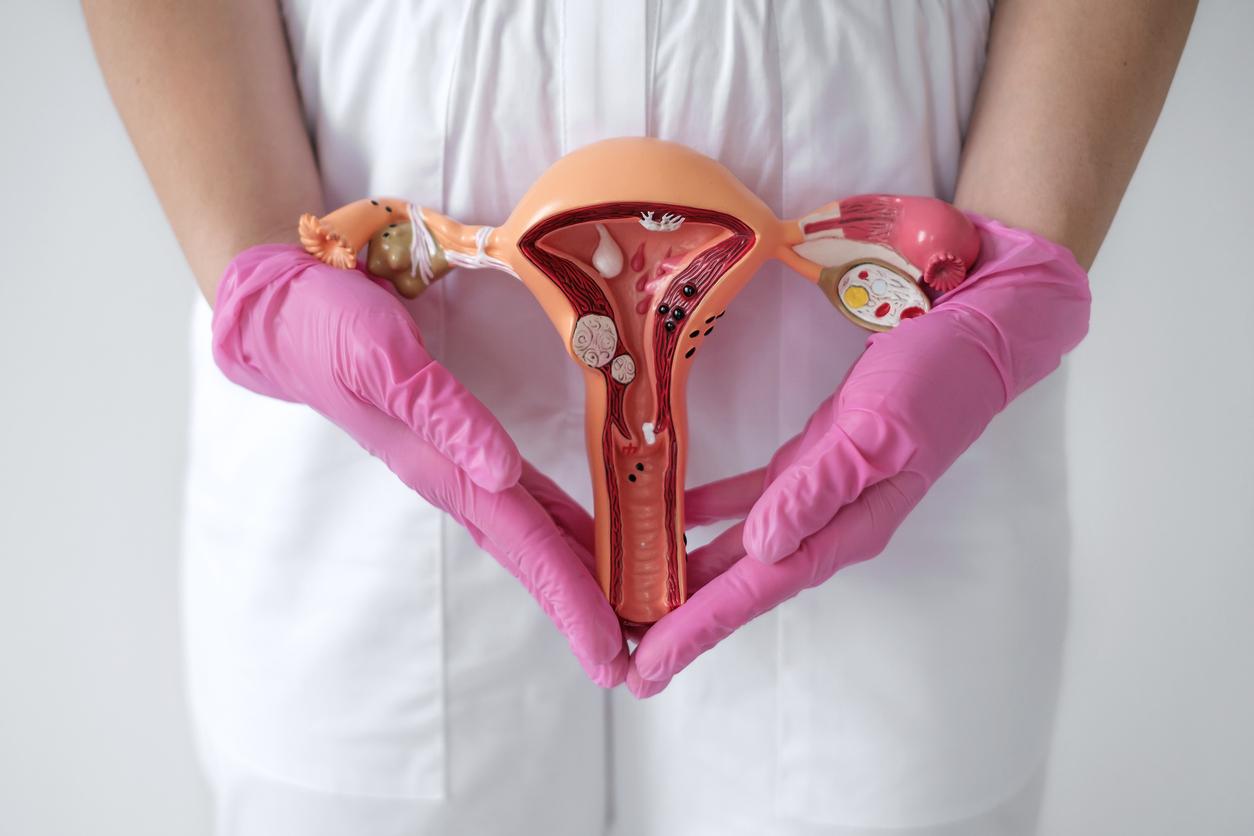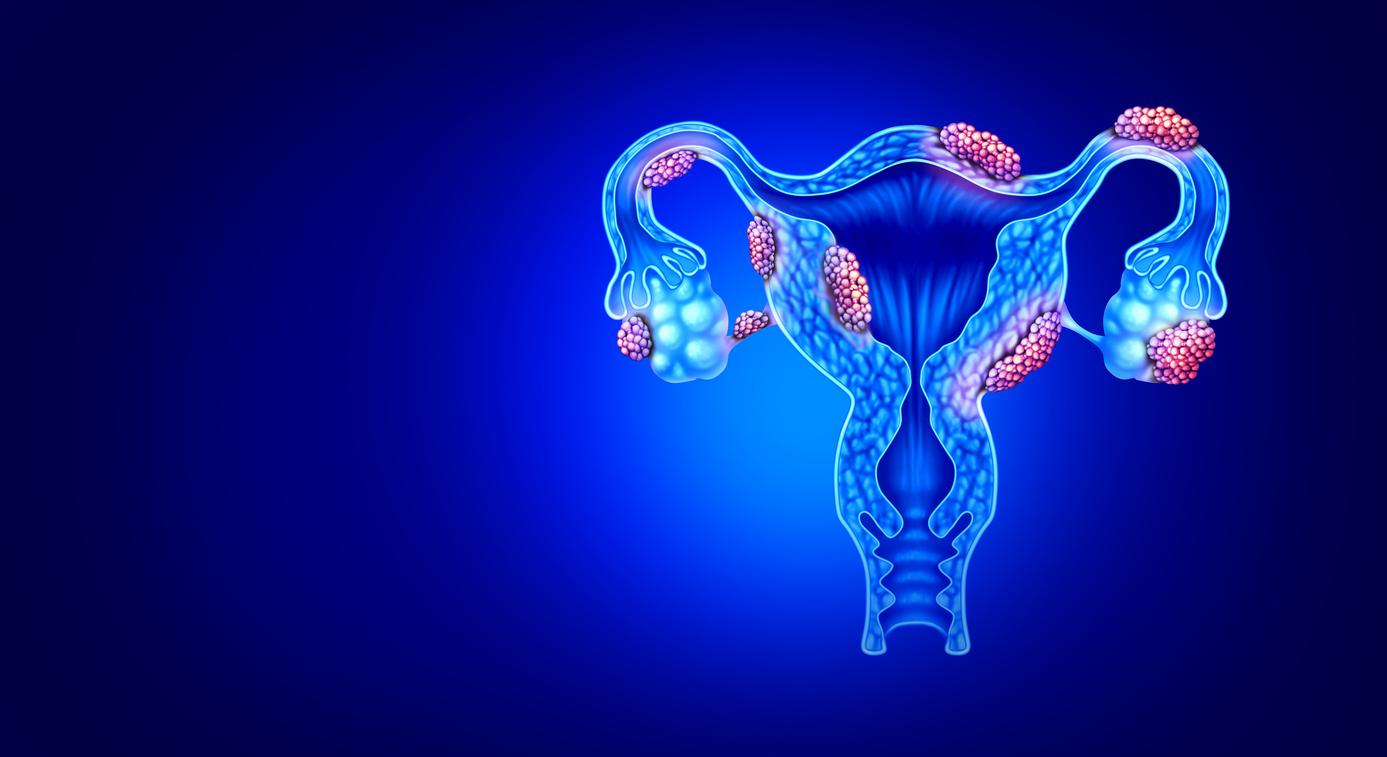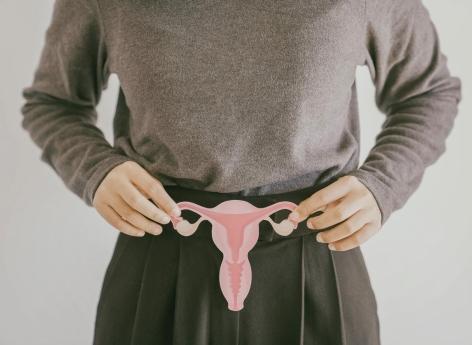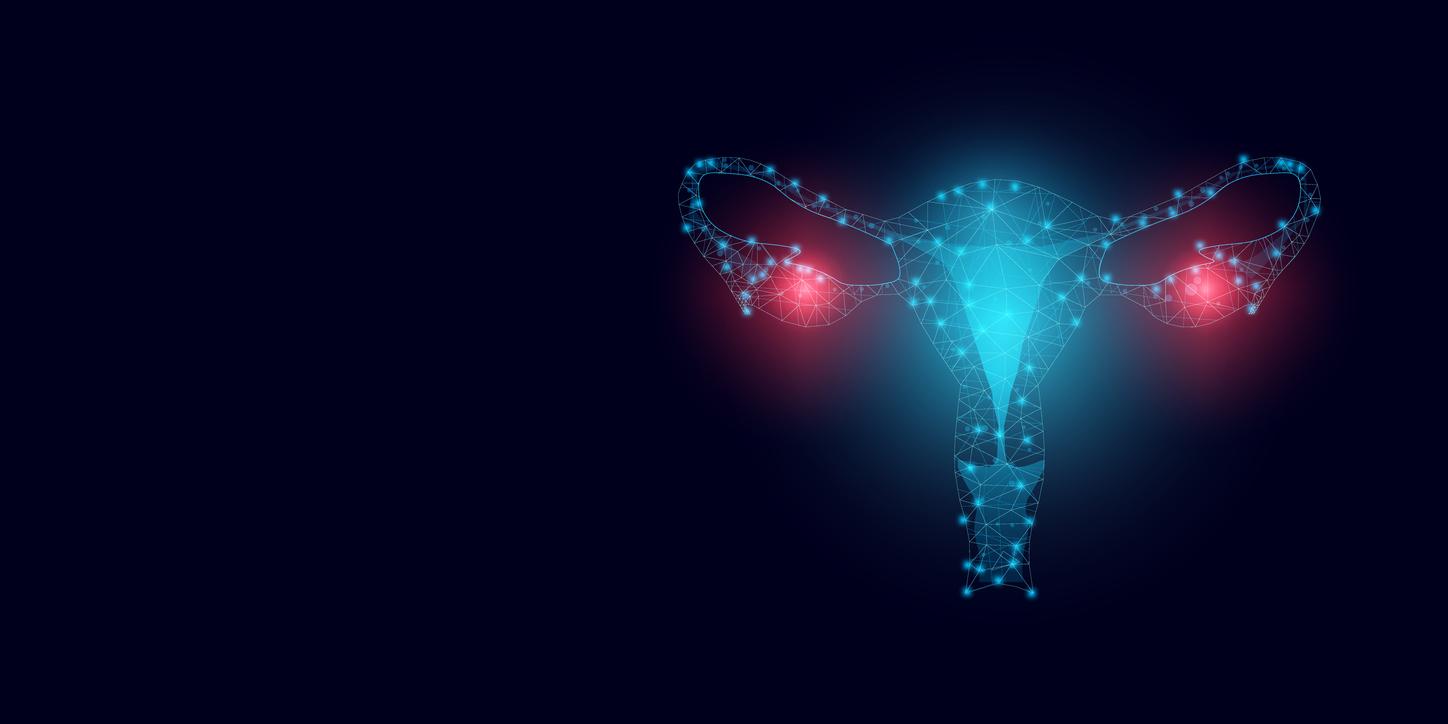Parietal endometriosis is the most common form of extrapelvic involvement, affecting the abdominal wall. ” Parietal endometriosis corresponds to nodules made up of endometrial cells that nestle in the muscles of the abdomen, most often the rectus muscle, and which cause abdominal pain, increasing during menstruation “, informs Dr. Emilie Faller, gynecologist-obstetrician from the Expert Endometriosis Center of Strasbourg (Endosalsace).
This form of endometriosis is under-diagnosed because in the presence of abdominal pain it is not the first diagnosis that comes to mind.
” The diagnosis evoked in the first place is rather an umbilical hernia, a lipoma, a ball of fat “says Dr. Faller who emphasizes that the cyclic side of the pain should suggest the diagnosis of parietal endometriosis. This must be mentioned all the more in a woman who has undergone abdominal and pelvic surgery in the two years preceding the onset of symptoms: cesarean section most often, gynecological surgery, laparoscopy. ” However, this form of endometriosis can occur in young women without a history of surgery. “, emphasizes Dr. Emilie Faller.
Parietal endometriosis: how is the diagnosis made?
Diagnosis of parietal endometriosis is made with pelvic ultrasound or MRI. In case of doubt after the MRI a biopsy is performed. The treatment is based on taking continuous hormonal treatment: microdosed estrogen-progestins (pill, vaginal ring, patch) or progestins. It is the same first-line treatment as for other forms of endometriosis. It aims to remove the rules. When hormonal treatment is not enough to relieve the pain, surgery is considered. ” Until now, this surgery was done by opening the abdomen, removing a large piece of muscle from the abdomen and placing a plate as for a hernia. This digestive surgery leaves significant scars “, explains Dr. Emilie Faller.
Parietal endometriosis: a new treatment
A new less invasive method, the percutaneous cryoablation, is offered by several teams in France. This use of heat treatment (hot or cold) rather than the scalpel to remove an invading tissue mass is one of the specialties of interventional radiology. ” Percutaneous cryoablation consists of burning parietal endometriosis nodules with cold “, teaches Dr. Emilie Faller. This minimally invasive technique guided by imagery allows a lasting cure of this form of endometriosis. ” This procedure can be done under local anesthesia or general anesthesia, on an outpatient basis. It is painless and leaves no sequelae “, describes Dr. Faller. Before the operation, a gynecological evaluation to assess the disease is carried out. This technique can also be used to remove nodules of diaphragmatic endometriosis, nodules of endometriosis located in the inguinal hollow, adenomyomas, even if its main indication remains parietal endometriosis.
Source: Press kit Cryoablation of parietal endometriosis: freezing the nodules to put an end to the disease, June 2023, Strasbourg-Boston Scientific University Hospitals
















